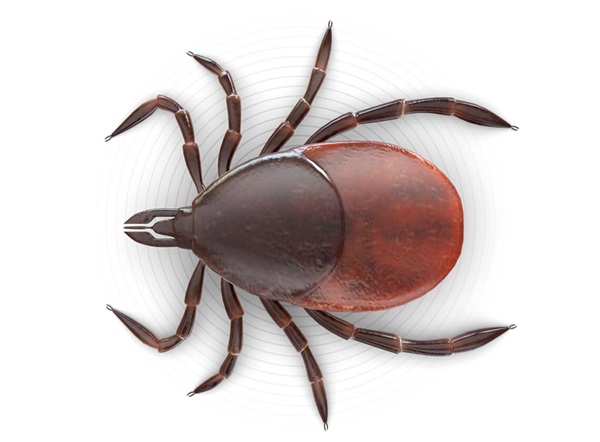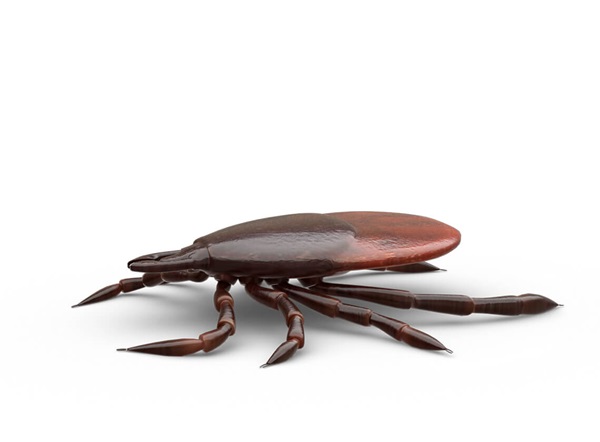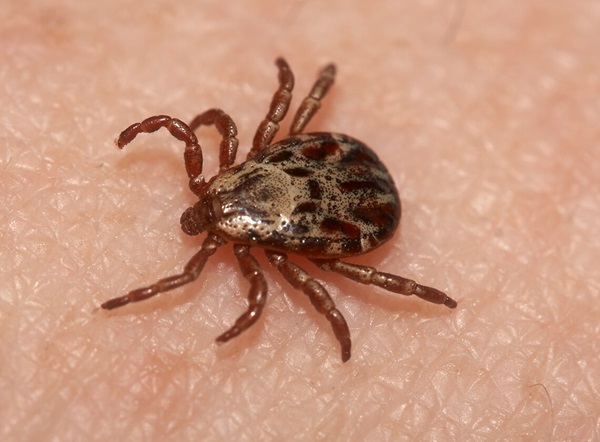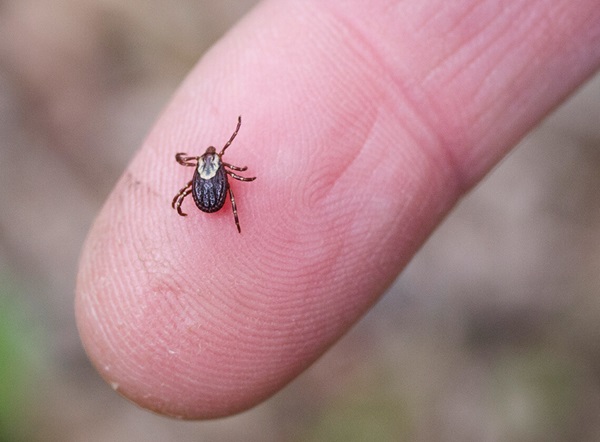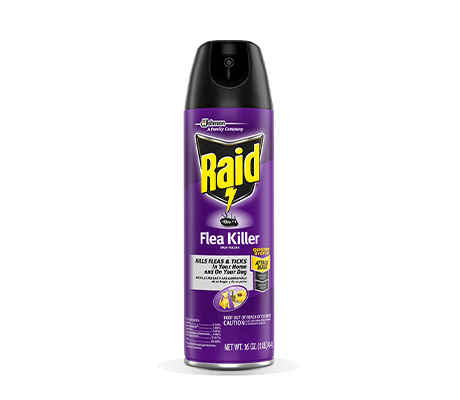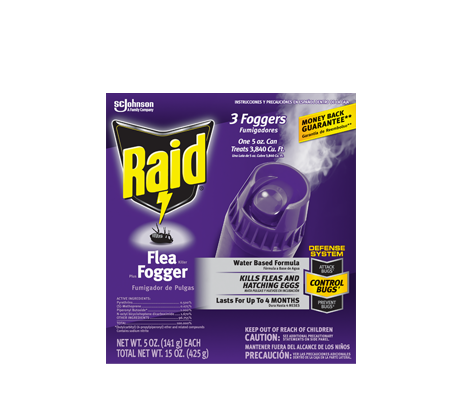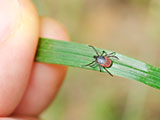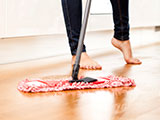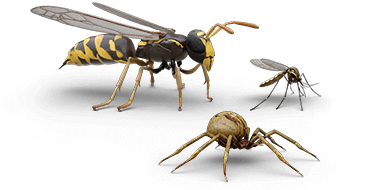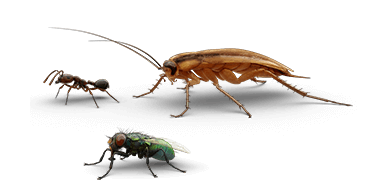Ticks
Ixodidae / Ixodes scapularis
-

SIZE
Less than 1/16in to 1/4in long
-

COLOR
-

BITE OR STING
No
-

WINGS
No
COMMONLY MISTAKEN FOR
General Information
There are around 900 different species of ticks in the world.1 These blood-sucking pests are known to spread infections, such as Lyme Disease, Rocky Mountain spotted fever, and tick-borne relapsing fever.2 Learn what ticks look like, where they live, and how to help keep ticks away from your family and pets.
-
Ticks will climb up long grass blades or low brush and attach themselves to animals or people as they pass by.
-
Ticks are often seen crawling on or under clothing, on bare skin, or in hair.
-
Ticks tend to move upwards on people, looking for a hidden place to start feeding.
Details
-
Many tick species love cool woods and grassy areas where they perch and have their best chance of finding dinner as it passes by.
-
Some ticks, like the dog tick, are found anywhere pets rest and play, including lawns, kennels, and along the edges of woods and fields.
-
Ticks survive on blood, which means they attach to and then bite animals and people that pass by for a meal.
-
Ticks prefer wild animals such as rodents and deer. However, they will bite humans opportunistically.
-
Ticks are known to transmit many different types of pathogens, such as Lyme disease and Rocky Mountain spotted fever.
-
Wear a personal insect repellent when in areas with high tick populations.
-
Tuck pant legs into socks and wear closed-toed shoes to reduce the risk of ticks getting on your skin.
-
Wear light-colored socks and pants that will easily reveal ticks when they crawl on you.
-
Examine yourself and your children daily for ticks when spending time in infested areas.
-
Check clothing, gear, and pets often during tick season.
-
Keep grass, weeds, and brush trimmed low to eliminate ideal tick hiding spots and help make your yard less attractive to these blood suckers.
-
If you are bitten by a tick and cannot remove it yourself, contact your physician for removal and treatment.
-
Do not use alcohol, nail polish, hot matches, petroleum jelly, or other materials to remove ticks from people or pets. Instead, grasp the tick firmly with a tweezers as close to where it is attached as possible and then gently pull until the tick releases. Find more tips for how to remove ticks.
